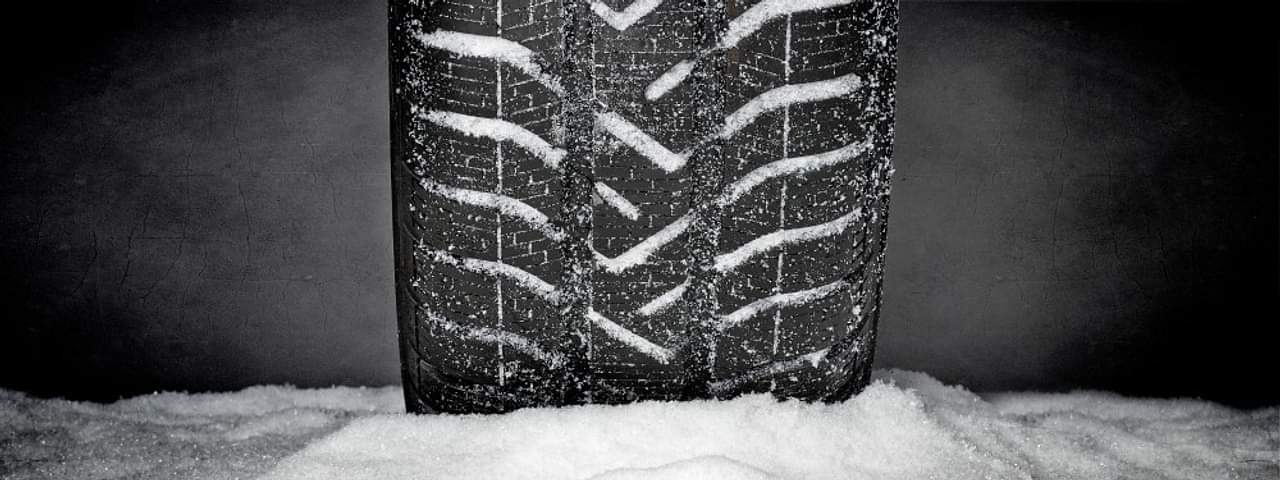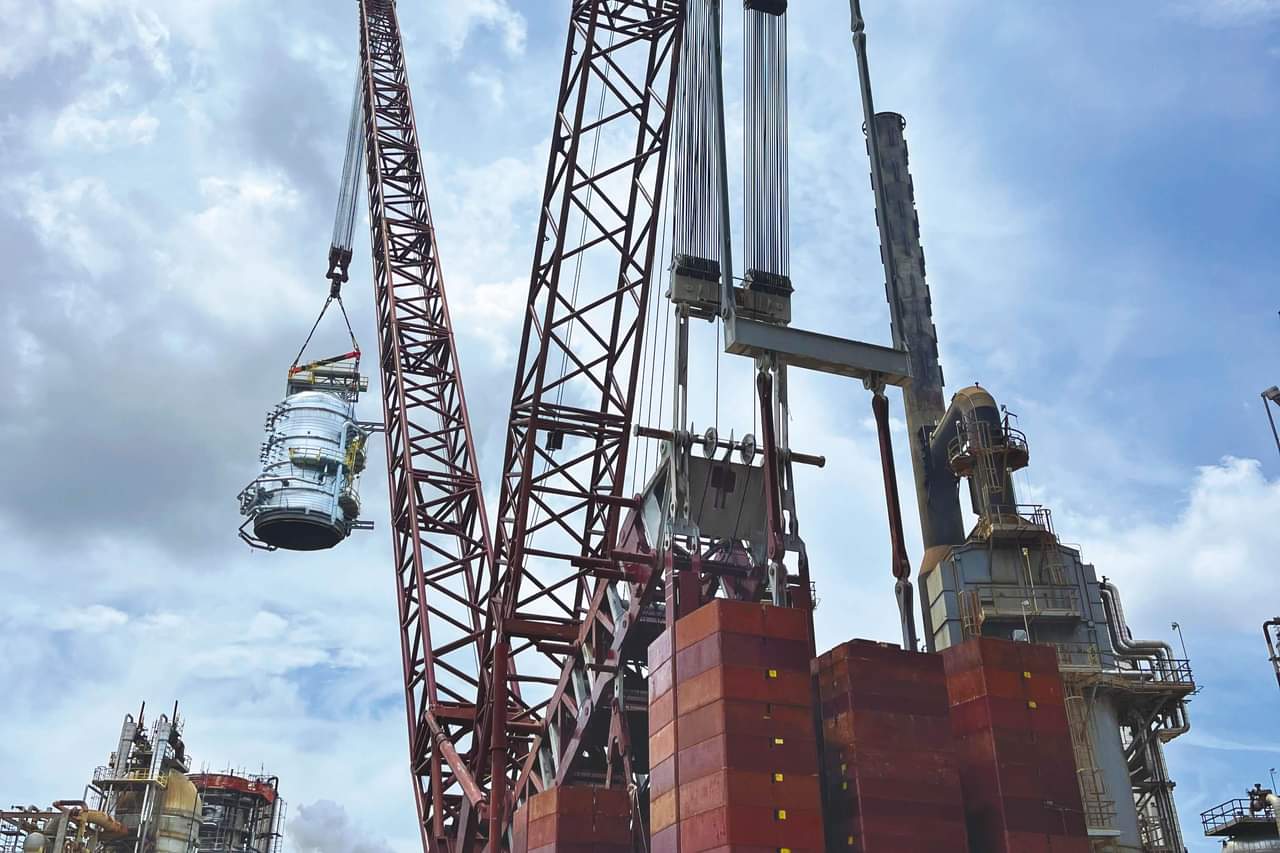News
Safety Source: Winter Driving Safety Tips
Posted: 01/24/2017

Winter, may it be long and frigid, or fleeting and balmy, can pose a number of different challenges when it comes to driving. Even a brief cold snap can take a toll on your vehicle and the roads. Dead batteries, under-inflated tires, damaged streets, and slick surfaces can all make this time of the year a treacherous one behind the wheel. However paying a little extra attention to some important details can set you up for a safe commute.
The first thing to take care of is your vehicle. Some extra maintenance and preparation can protect your car from winter’s extreme weather conditions. Check the condition of the following:
- Ignition
- Brakes
- Wiring
- Belts
- Spark plugs
- Battery
- Tire wear
- Tire pressure
- Antifreeze levels
Once you are on the road, understanding how to navigate through slick conditions can be invaluable.
- Never use your parking brake to stop or slow down.
- Avoid using cruise control.
- Accelerate and decelerate slowly.
- Maintain at least half a tank of gas.
It’s also a good idea to keep a few extra things on hand when you hit the road.
- Jumper cables
- Tow chains/ropes
- Tool box
- Flashlight
- Batteries
- First aid kit
- Extra blankets and/or coats
Whether you are staying home in a warmer climate, or traveling to a location with fierce winter weather, these tips can help you stay safe. Keeping your car prepared and understanding road conditions are important all year long, but especially during the colder months.
Precarious Conditions on the Dock
Posted:05/13/2025
Rail-traveling ship loaders are a familiar sight on the Gulf Coast (and around the world)—and they are essential to the efficient loading of bulk materials. Disruption to the operation of these massive machines directly affects productivity and the bottom line, as represented by one company's experience when wind from a severe storm knocked the machine off its rails, leaving it dangerously close to the edge of the dock.
Reconfigured for a Higher Load
Posted:11/05/2024
During a planned outage, a petrochemical facility in Texas needed to replace a large tower head—measuring 54' L x 30' W x 30' H and weighing 280,000 pounds. Deep South Crane & Rigging selected a strategic setup location for its 2,500-ton VersaCrane TC-36000 to accommodate both the head lift and additional turnaround work. The lift was initially planned at 350,000 pounds, accounting for tray installation.

